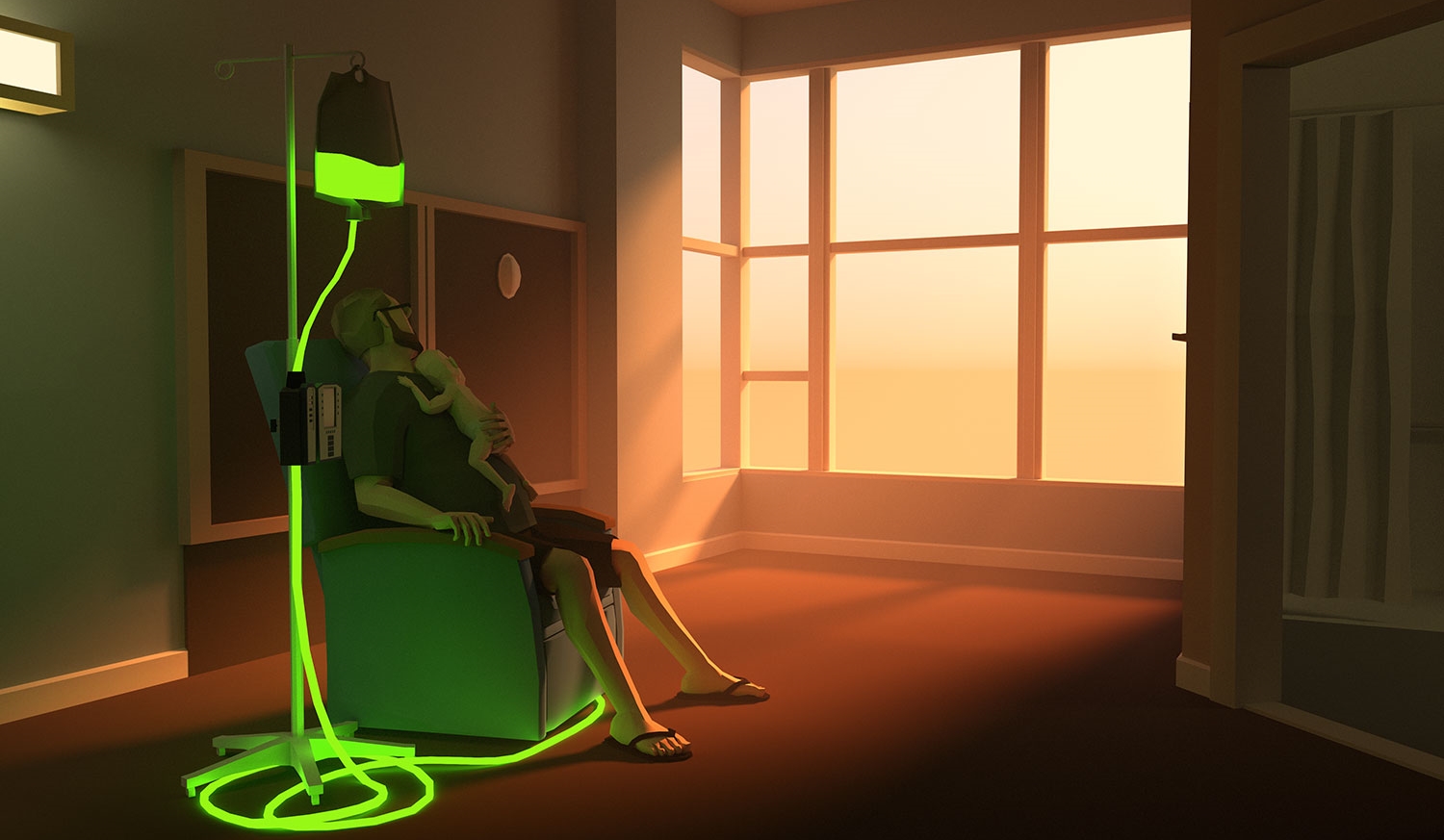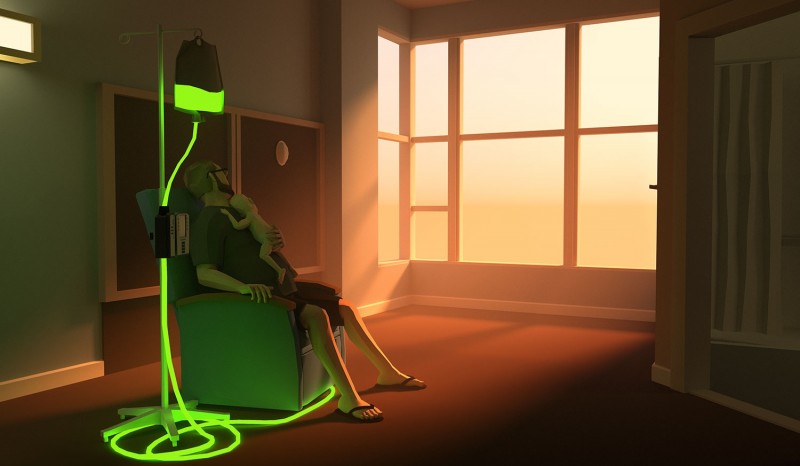Where do we draw the line when considering MAID?

Medical Assistance in Dying (MAID) has been controversial in Canada since its inception in 2016, similar to the few other nations that offer it.
In 2022, it was announced by the Government of Canada that there have been over 44,000 MAID procedures.
This is a 31.2 per cent increase from 2021, demonstrating that the procedure is gaining momentum. Touted as a procedure committed to unwavering dignity, autonomy, and alleviation of suffering, has it reached beyond its own bounds with new proposed implementations scheduled for 2027?

MAID continues to be an important option for individuals facing irremediable medical conditions such as terminal cancer, neurodegenerative diseases, and other chronic and progressive diseases which cannot be cured.
Certain criteria must be met for MAID to be approved, including an uncoerced voluntary request for this procedure, although over time it has become much easier to request and get approval.
These ailments are often seen as indisputable reasons for desiring euthanasia.
For a loved one living daily with unbearable pain or suffering, the option to take agency over one’s decisions about end-of-life care are vital, providing a compassionate alternative for patients burdened by severe pain and discomfort, and allowing them to pass on their own terms.
What’s more contentious is Canada’s decision to expand their MAID eligibility to include only a sole underlying mental illness for MAID by Mar. 17, 2027.
This decision calls into question ethical considerations and the potential for abuse.
The approval of MAID requires that a patient is of sound mind in their decision-making; can this be expected of someone dealing with severe depression or anxiety?
Further, MAID acts as the final step once all other viable treatment options have failed the patient; if a patient refuses to take medications or attend therapy options, does this allow them to bypass these means and go straight to MAID?
Paradoxically, doctors take the Hippocratic oath during training and are drilled to “do no harm …”.
Now, doctors are being asked to end the lives of their patients.
Many advocates worry that this is a step closer to euthanasia for general mental illness, Autism Spectrum Disorder, Down’s syndrome and many more non-terminal conditions that might become included.
Some even argue that this program is similar to Nazi era policies to euthanize those with mental illness from the general population.
Mental health cases can be far more complex, as being in a vulnerable state of mind may cloud someone’s judgment and result in rash and final decisions.
This may result in complaints from family members of a patient who decides on MAID without consulting their loved ones.
Take for example a patient who is in a deep depression and has not received proper treatment who decides MAID is the best option.
The patient begins taking routine antidepressants and their depressive symptoms resolve, eliminating entirely the need for MAID.
Going forward, the government and medical bodies need to walk a fine line between accessibility and unhindered access to medically assisted death. The choice to complete MAID is final, and every precaution should be taken to ensure that when MAID is chosen, it is the only remaining choice.


